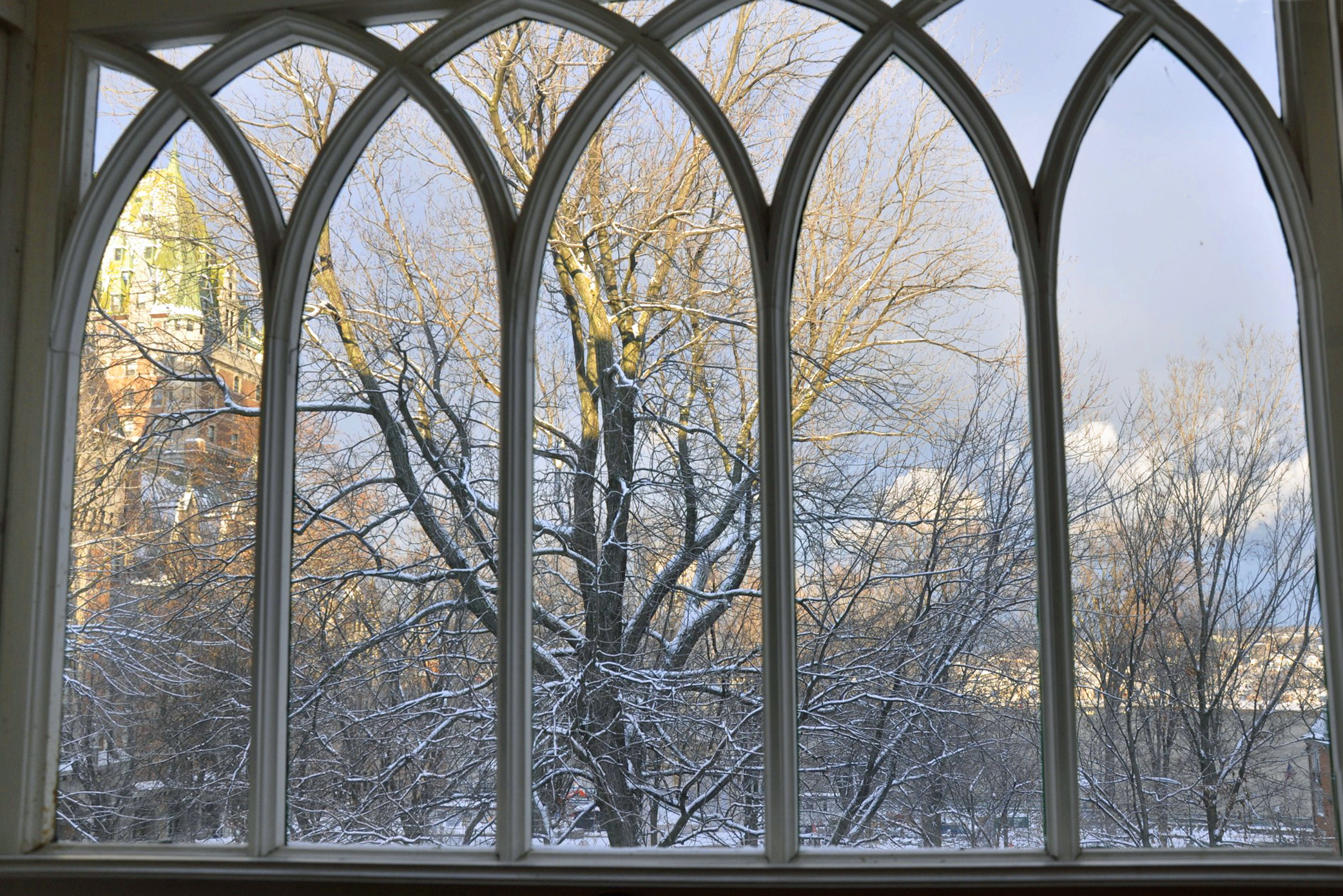
These conclusions, therefore, leave unresolved the conflict between two schools of social psychology. There are those who believe prejudice is primarily, if not entirely, determined by personality dynamics. If minority groups did not exist inner needs would invent them. Those in the second school believe that prejudice is primarily a cultural, environmental phenomenon which arises from the traditions, backgrounds, and needs of the particular sub-society. This argument appeared and reappears throughout the 1950s and 1960s studies of authoritarianism and prejudice.
Sullivan and Adelson attempted to provide some reasons for the development of a generalized hatred of mankind. They described the high-scoring, misanthropic individual as one whose only “ingroup” is the self—all else being considered the “out-group.” The potentially misanthropic individual, as he becomes more frustrated and withdrawn, draws in his in- group/ out-group dichotomization closer to himself, confining the in-group sphere to a smaller area around himself and enlarging the out-group sphere to encompass all other people. The extreme example of this exclusionistic individual would be the paranoid-schizophrenic who sees all that is external of self as threatening and of a hostile nature. Hence, the ingroup out-group dicotomization of the California test is invalid when considering the exclusionistic high scorers.
Alternative Versions of the Authoritarian Personality
Discussion arose during the following decade as to the adequacy of the theoretical assumptions made by Adorno, et al. Many critics offered alternative theoretical structures and scales which encompassed the good points of the Authoritarian study yet incorporated new elements (showing fairly high correlation with the F and/or E scale). The most notable of these theorists and researchers were Bass, Sullivan, and Adelson, Campbell and McCandless, Guba and Getzels, Kaufman, Srole and Roberts—and most notable of all, Milton Rokeach. The first three of these theorists Bass, and Sullivan, and Adelson have already been considered. Bass postulated the alternative theory of “acquiescence” and Sullivan and Adelson spoke of the need to consider· the phenomenon of “misanthropy.”
Xenophobia
Campbell and McCandless (1951) described a generalized hatred and fear of strangers and strange objects and labeled such a fear, “Xenophobia.” Campbell and McCandless felt that Xenophobia indicated generalized prejudice much as the Ethnocentrism (E) scale did. However, Campbell’s Xenophobia scales dealt only with hostility toward out-groups while, according to the authors, the Ethnocentric scale dealt with both out-group hostility and in-group loyalty. Consequently, concluded Campbell, the Xenophobia scale was to be distinguished from the Ethnocentric scale and, furthermore, was more appropriate than the latter scale.
The Xenophobia scale (X) was based upon responses to 125 items which were sub-divided into 25 separate five-item scales representing attitudes toward five ethnic groups (English, Negroes, Japanese, Jews, end Mexicans) on five separ11.te topics (Social Distance, Blaming, Capability, Morality, and Affection). In criticism of Xenophobia, we can point to the comments of Sullivan and Adelson on the frequent irrelevance of the in-group out-group dicotomization due to the exclusionistic attitude of high-scorers, and to the general criticisms directed against all questionnaire-based scales.









